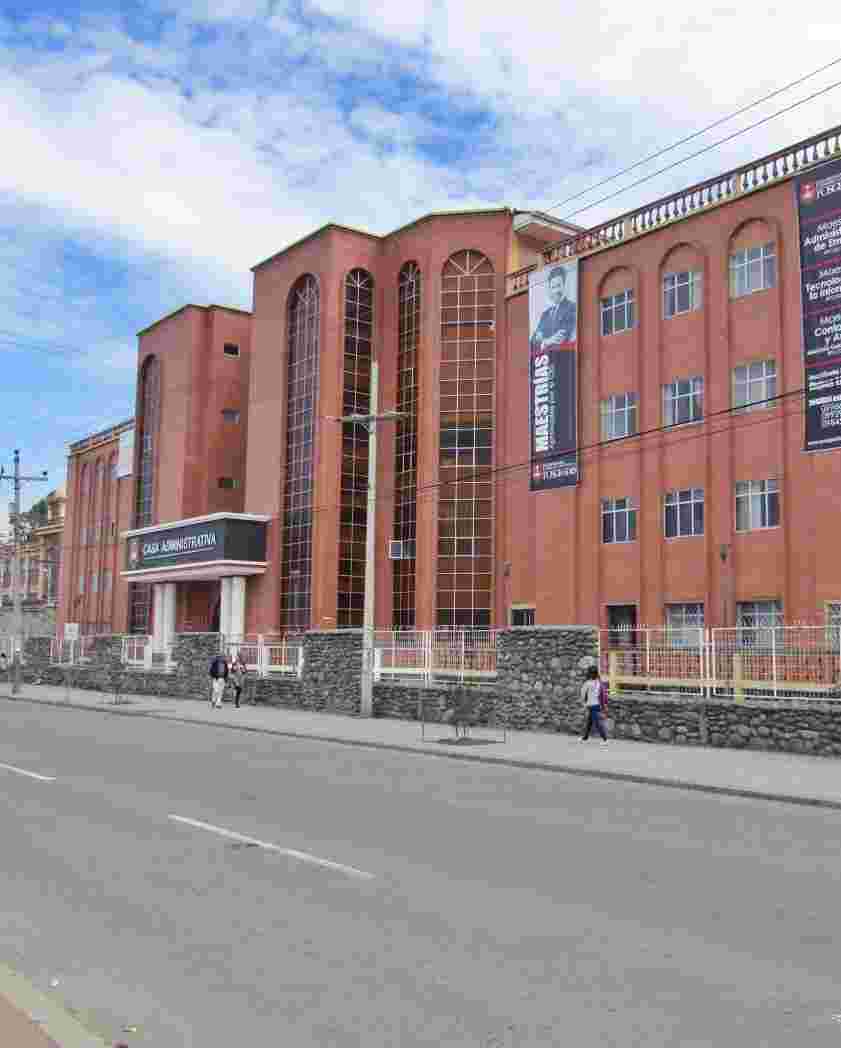SOA Y SU APLICACIÓN EN LATINOAMERICA
| dc.contributor.advisor | Sañay Sañay, Segundo Isael | |
| dc.contributor.author | Domínguez Cárdenas, Mario V | |
| dc.contributor.cedula | 1400363576 | es_ES |
| dc.coverage | Cuenca – Ecuador | es_ES |
| dc.date.accessioned | 2020-08-13T18:18:38Z | |
| dc.date.available | 2020-08-13T18:18:38Z | |
| dc.date.issued | 2007 | |
| dc.description | Una nueva sigla está inundando el mensaje de marketing de los principales vendedores de soluciones de tecnología de la información: SOA. \nDetrás de las tres letras se esconde un concepto: Service Oriented Architecture, o, en español, Arquitectura Orientada a Servicios. \nEste trabajo de investigación revela las principales características de este nuevo paradigma basado en estándares de mercado, que amenaza con haber llegado para quedarse y que requiere de un cambio cultural profundo: las aplicaciones dejan de ser tales y se convierten en “servicios”. \nEn el desarrollo de grandes aplicaciones distribuidas se aportan soluciones.\nEstas soluciones logran abstraer los sistemas de sus requerimientos físicos y permiten su modelado independiente de las plataformas e implementación.\nEstas soluciones son válidas en otros campos (IT Insight, 2008).\nArquitecturas Orientadas a Servicios (SOA).\n Puede aplicarse en otros entornos con problemas similares.\n Aporta la misma capacidad de abstracción.\nCampo en continuo desarrollo.\nDurante los 70 sufrió un auge agotado pocos años después al no satisfacer las aspiraciones iníciales (Alicante, 2005).\n Impulsores auge: Robótica + IA\n Retención: sistemas de gran complejidad que no lograban cubrir expectativas.\nActualmente.\n Introducida en sectores como los entornos industriales, medicina, servicios y energía nuclear.\n Suponen una fuerte inversión y compromiso.\n Reticencia al cambio de sistemas implantados.\nEl flujo de conocimiento que dirige una empresa u organización en cualquier sector de negocio cambia de forma constante como respuesta a influencias externas e internas.\nDesde el punto de vista Tecnologías de Información IT, cada área de negocio de la empresa origina unos requisitos de negocio que son implementados en procesos documentados, al que nos referimos como capa de negocio.\nPor otro lado existe un conjunto de aplicaciones que automatizan dichos procesos de negocio basándose en distintas soluciones tecnológicas. \nLa capa de aplicación se caracteriza por utilizar tecnologías heterogéneas, por tener un origen diverso (bien desarrolladas por la propia organización o suministrada por distintos proveedores) y por tener restricciones técnicas y de seguridad.\nEste trabajo de investigación se encuentra organizada de la siguiente manera:\nEl Capítulo I trata del análisis de la Arquitectura SOA. \nEl Capítulo II trata de las cuatro “P” y el SOA.\nEl Capítulo III trata de la era de la “M”. \nEl Capítulo IV trata del análisis del Ciclo de Gobierno de SOA según IBM.\nEl Capítulo V trata del análisis del Market Share. | es_ES |
| dc.description.resumen | A new acronym is flooding the marketing message of the leading vendors of solutions information technology: SOA.\nBehind the three letters hides a concept: Service Oriented Architecture, or, in Spanish, Service Oriented Architecture.\nThis research reveals the main features of this new paradigm based on market standards, which threatens to be here to stay and that requires a deep cultural change: applications stop being such and become "services".\nIn the development of large distributed applications provide solutions.\nThese solutions manage their systems abstract the physical requirements and allow independent modeling and implementation platforms.\nThese solutions are valid in other fields (IT Insight, 2008).\nService Oriented Architectures (SOA).\n Can be applied in other environments with similar problems.\n Provides the same capacity for abstraction.\nField work in progress.\nDuring the 70 he suffered an exhausted boom a few years later by not meet the initial aspirations (Alicante, 2005).\n Drivers boom: Robotics + IA\n Retention highly complex systems that failed to meet expectations.\nAt Present.\n Introduced in sectors such as industrial, medical, services and nuclear energy.\n They represent a major investment and commitment.\n Reluctance to change implemented systems.\nThe flow of knowledge who runs a business or organization in any sector of business changes constantly in response to external and internal influences.\nFrom the standpoint of Information Technology IT, each business area of the company originates a business requirements are implemented in documented processes, which we refer to as business layer.\nOn the other hand there is a set of applications that automate these business processes based on different technological solutions.\nThe application layer is characterized by using heterogeneous technologies, having a different origin (well developed by the organization itself or supplied by different vendors) and having technical and safety restrictions.\nThis research is organized as follows:\nChapter I deals with the analysis of the SOA architecture.\nChapter II deals with the four "P" and the SOA.\nChapter III is the era of "M".\nChapter IV deals with the analysis of the cycle as IBM SOA Governance.\nChapter V deals with the analysis of Market Share. | es_ES |
| dc.format | application/pdf | es_ES |
| dc.format.extent | 114 | es_ES |
| dc.identifier.other | 7BT2007-TSis2 | |
| dc.identifier.uri | https://dspace.ucacue.edu.ec/handle/ucacue/6138 | |
| dc.language.iso | spa | es_ES |
| dc.rights | info:eu-repo/semantics/openAccess | |
| dc.rights | Atribución 4.0 Internacional | |
| dc.rights.uri | http://creativecommons.org/licenses/by/4.0/deed.es | |
| dc.source | Universidad Católica de Cuenca | es_ES |
| dc.source | Repositorio Institucional - UCACUE | es_ES |
| dc.subject | Market Share | es_ES |
| dc.subject | Soa | es_ES |
| dc.subject | Ciclo De Gobierno De Soa Según Ibm | es_ES |
| dc.subject | La Era De La "M" | es_ES |
| dc.title | SOA Y SU APLICACIÓN EN LATINOAMERICA | es_ES |
| dc.type | info:eu-repo/semantics/bachelorThesis | es_ES |
| dc.type | info:eu-repo/semantics/publishedVersion | es_ES |
| thesis.degree.level | Título Profesional | es_ES |




